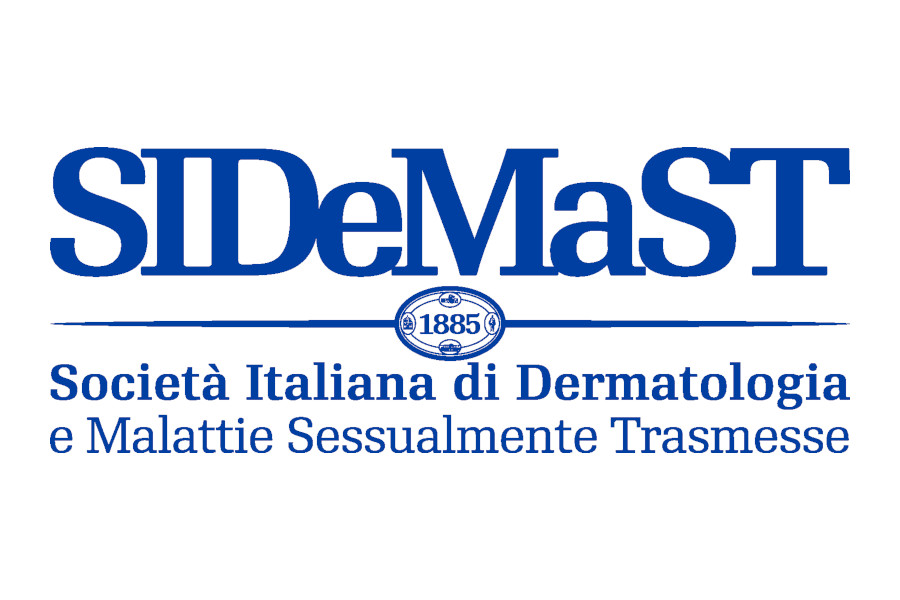Adding nivolumab to ipilimumab results in longer progression-free survival and higher overall response rate than does ipilimumab alone in the treatment of patients with previously untreated melanoma, according to results of a phase 3 study presented at the 2015 Annual Meeting of the American Society of Clinical Oncology (ASCO).
These 2 agents represent distinct and complementary pathways that negatively regulate tumour immunity, explained lead investigator Jedd D. Wolchok, MD, Memorial Sloan Kettering Cancer Center, New York, New York, speaking at a press briefing here on May 31.
Dr. Wolchok and colleagues randomised 945 treatment-naïve patients (median age 61 years, about 65% male) with unresectable stage III or IV melanoma on a 1:1:1 basis to the following arms: Arm 1 -- nivolumab 1 mg/kg every 2 weeks + ipilimumab 3 mg/kg every 3 weeks for 4 doses followed by nivolumab 3 mg/kg every 2 weeks, Arm 2 -- nivolumab 3 mg/kg every 2 weeks + placebo, or Arm 3 -- ipilimumab 3 mg/kg every 3 weeks for 4 doses + placebo.
Patients continued until progression or unacceptable toxicity. PD-L1 expression was 5% or greater in about 24% of patients.
The coprimary endpoints were progression-free survival and overall survival (data not yet mature).
The researchers observed progression-free survival in the intent-to-treat population of 11.5 months for the combination, 6.9 months for nivolumab alone, and 2.9 months for ipilimumab alone. The hazard ratio for nivolumab/ipilimumab versus ipilimumab was 0.42 (P < .00001) and for nivolumab alone versus ipilimumab was 0.57 (P < .00001).
Overall response rates were 57.6% for the combination (P < .001 vs ipilimumab), 43.7% for nivolumab alone (P < .001 vs ipilimumab), and 19.0% for ipilimumab alone.
The median change in tumour burden, another secondary endpoint, was -51.9% for the combination, -34.5% for nivolumab alone, and +5.9% for ipilimumab.
Progression-free survival was longer and overall response rates higher in patients with PD-L1 expression of 5% or higher.
Grade 3 to 4 treatment-related adverse events were more common for patients in the combination arm (55.0% vs 16.3% for nivolumab alone and 27.3% for ipilimumab alone). Dr. Wolchok emphasised that 67.5% of patients who discontinued nivolumab/ipilimumab treatment for treatment-related adverse events still developed a response.
"Importantly for safety, we saw no drug-related deaths in the combination arm," Dr. Wolchok stated.








